Matmata Tataouine, a small town in southern Tunisia, is most famous for its unique underground dwellings and striking landscape. The town and its surroundings, including the larger region of Tataouine, are steeped in history and culture, blending Berber traditions with influences from various civilizations.
Matmata Tataouine
The underground homes in Matmata Tataouine, known as troglodyte houses, are a remarkable feature. These dwellings are created by digging a large pit in the ground and then excavating rooms around the sides of the pit.
This architectural style provides a natural insulation against the extreme temperatures of the desert, keeping the interiors cool during the hot summers and warm during the cold winters. The design of these homes is a testament to the ingenuity of the local Berber population in adapting to their harsh environment.
The landscape around Matmata Tataouine is a mix of rocky, desert terrain with scattered oases. This region has been inhabited for thousands of years, and you can find evidence of Roman and Byzantine influence in the ruins scattered throughout the area.
The Berber culture is predominant, with the local population maintaining many of their traditional ways of life, including language, clothing, and cuisine. The region gained international fame as a filming location for various movies, most notably the Star Wars series.
The unique landscape and architecture of Matmata Tataouine provided the perfect backdrop for the fictional planet of Tatooine. This has turned the area into a tourist attraction, drawing fans of the movies and those interested in its cultural and historical significance.
In recent years, the challenges facing Matmata and its surroundings include maintaining these unique dwellings and adapting to the modern world while preserving their cultural heritage. Issues like tourism, modernization, and the preservation of historical sites are at the forefront of local concerns.
Matmata Tataouine continue to be a symbol of resilience and adaptation, representing a unique blend of history, culture, and natural beauty in the heart of Tunisia. The lifestyle and traditions in these areas reflect a rich and resilient cultural heritage.
The local Berber communities have long been known for their hospitality and deep connection to their land and history. This Berber people of Matmata and Tataouine have maintained many of their various age-old customs.
Traditional music and dance are integral parts of the Matmata Tataouine cultural identity, often performed during festivals and celebrations. The music is characterized by the use of distinct instruments like the gasba, a type of flute, and the bendir, a frame drum.
Clothing is another important aspect of their culture, with traditional Berber dresses and headgear still commonly worn, especially by the older generation. The cuisine in Matmata and Tataouine is a fusion of Berber staples and influences from other North African cuisines.
Dishes like couscous, brik, a type of pastry, and tagines are popular. The economy in Matmata Tataouine historically relied on agriculture, particularly olive farming, and animal husbandry. However, with the advent of tourism, many locals have shifted to providing services for tourists.
These include guided tours, accommodation in traditional troglodyte homes, and selling handicrafts. Despite the boost from tourism, Matmata and Tataouine face modern challenges. The preservation of the traditional underground homes is a significant concern.
This is because many have been abandoned or are in disrepair due to modern housing being more convenient and less labor-intensive to maintain. Additionally, the influx of tourists, while beneficial economically, poses a threat to the preservation of the culture and environment in Matmata Tataouine.
The region is also grappling with environmental issues. Desertification and water scarcity are significant challenges due to the arid climate and overuse of limited water resources. Efforts to combat these problems include water conservation techniques and reforestation projects.
Recognizing the cultural and historical significance of Matmata Tataouine, various initiatives have been undertaken to preserve the unique heritage of these areas. This includes restoring and maintaining the traditional troglodyte dwellings, promoting sustainable tourism, and supporting local arts and crafts.
Matmata and Tataouine are not just tourist destinations but living communities with a rich cultural heritage that faces the dual challenge of preserving their unique way of life while adapting to the modern world. The story of these regions is a testament to the resilience and adaptability of its Berber people.
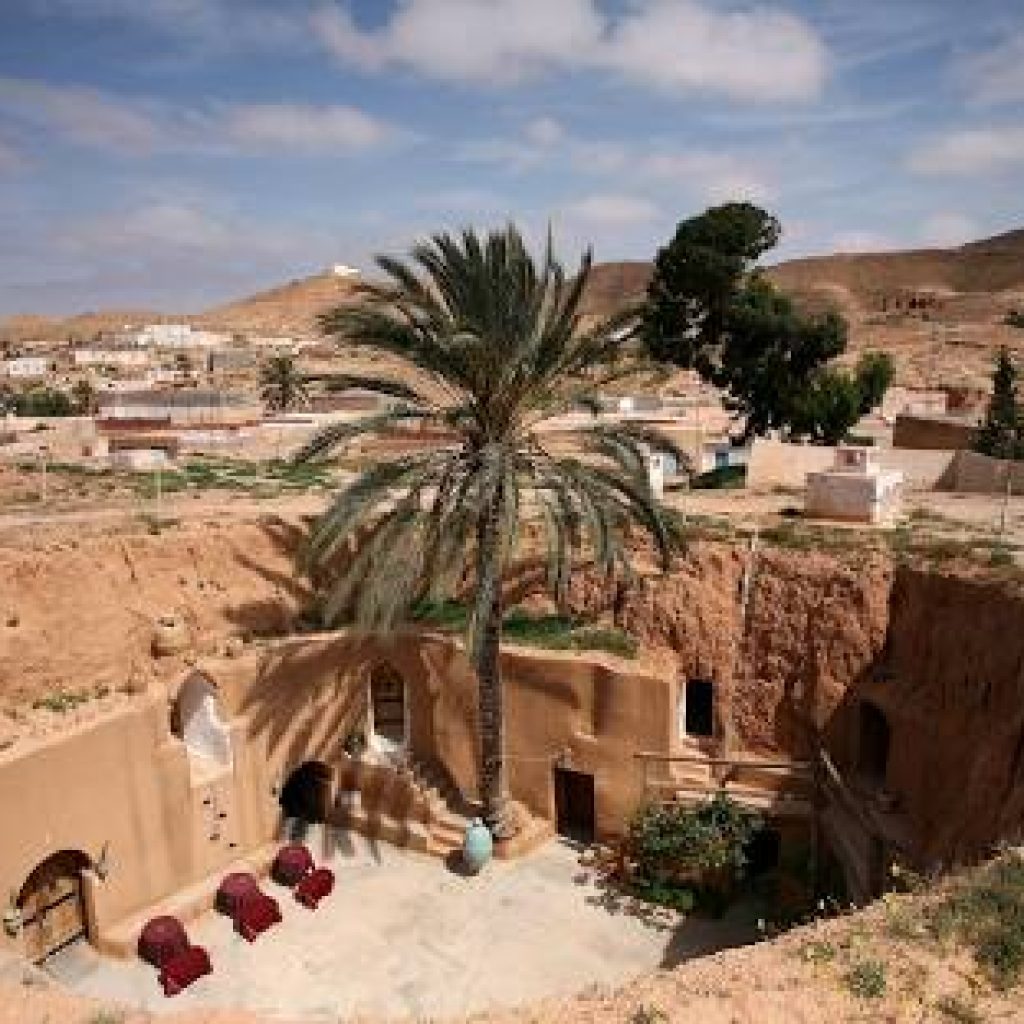
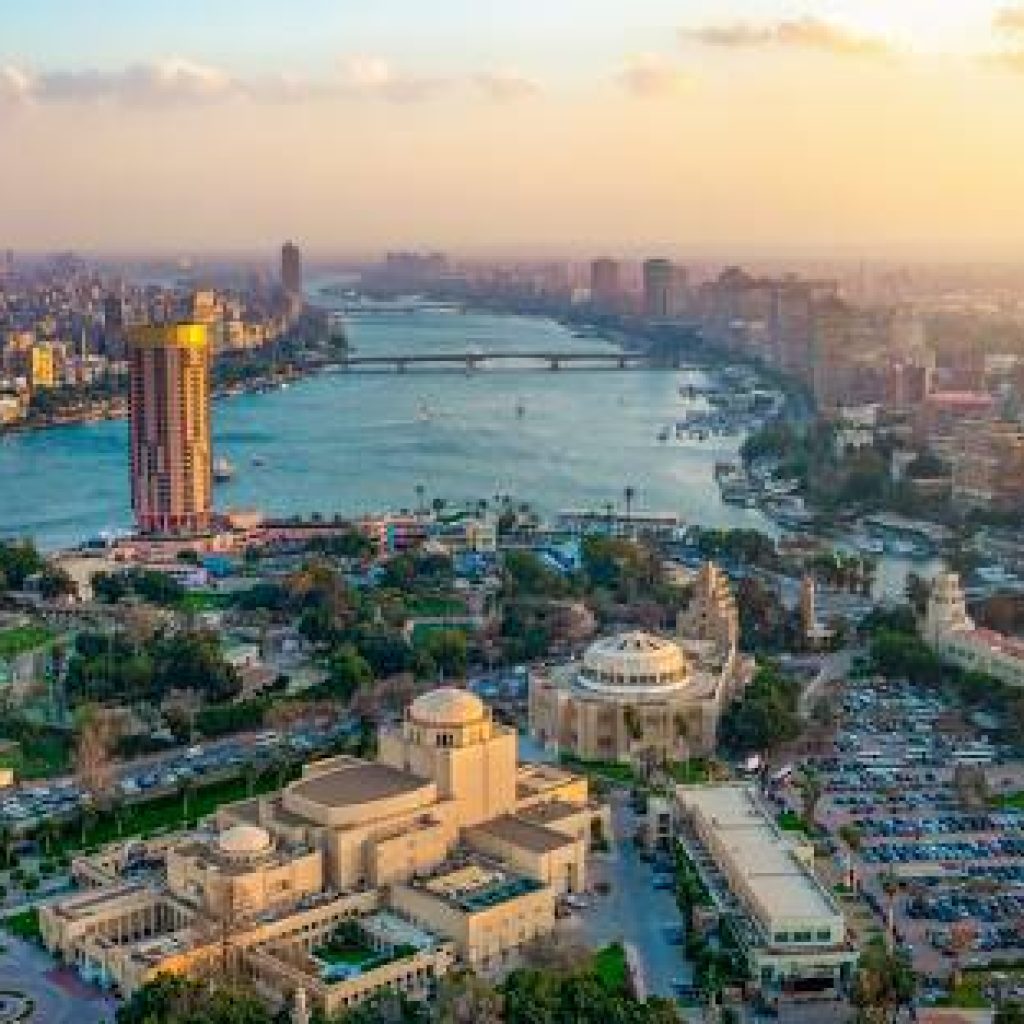
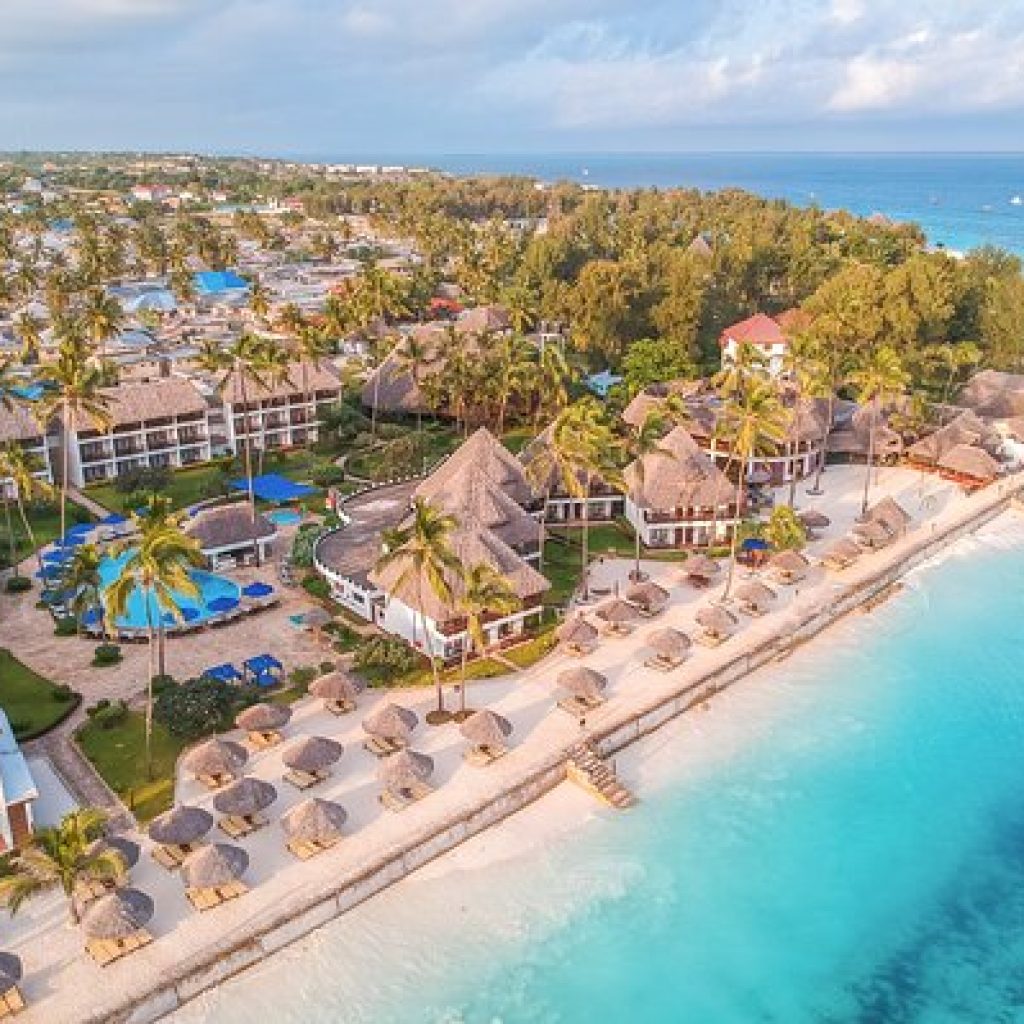
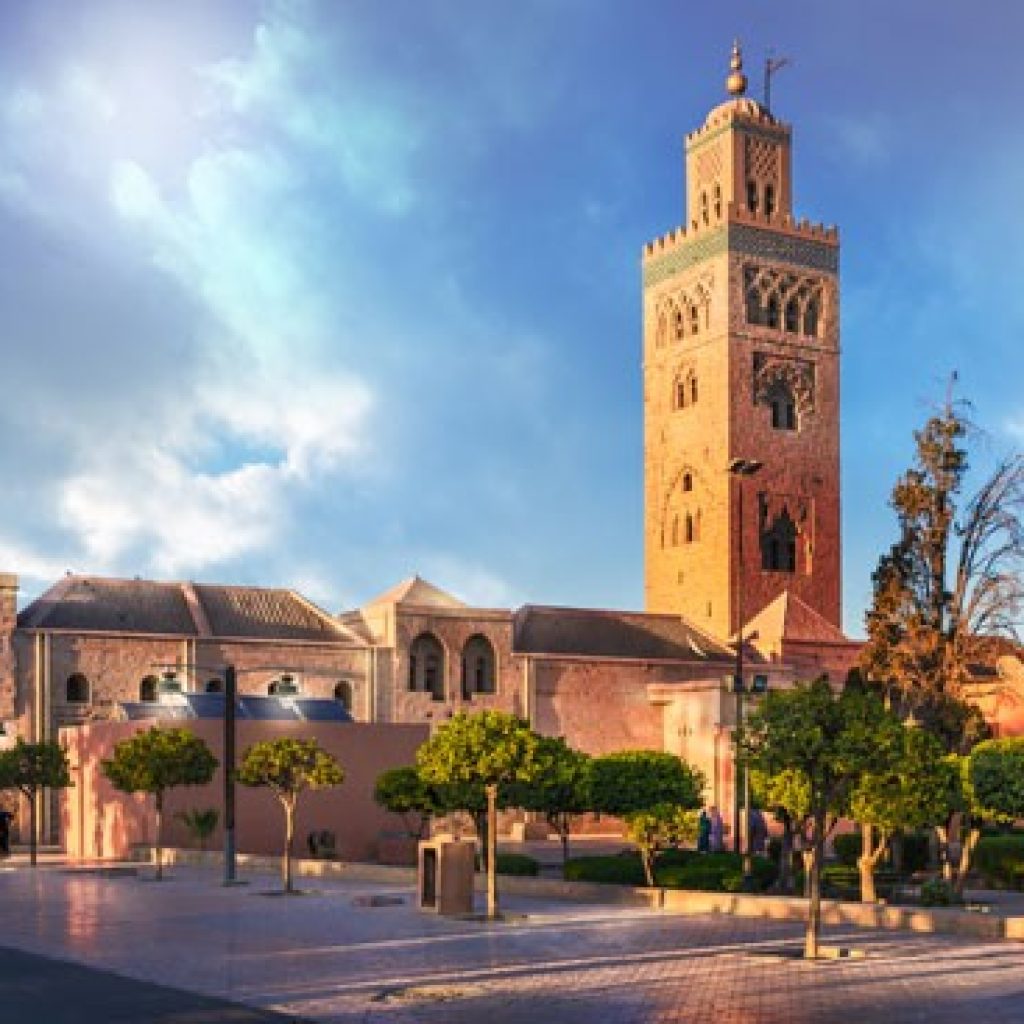


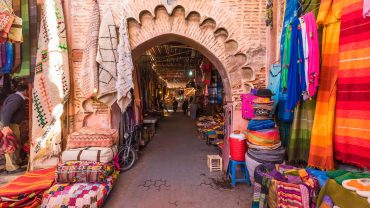
Comment (0)